A good place to start:
Everything:

extinct on the mainland,
you shouldn’t kick it like a football,
or feed it by the hand.
Most recent:
-
The One that Got Away
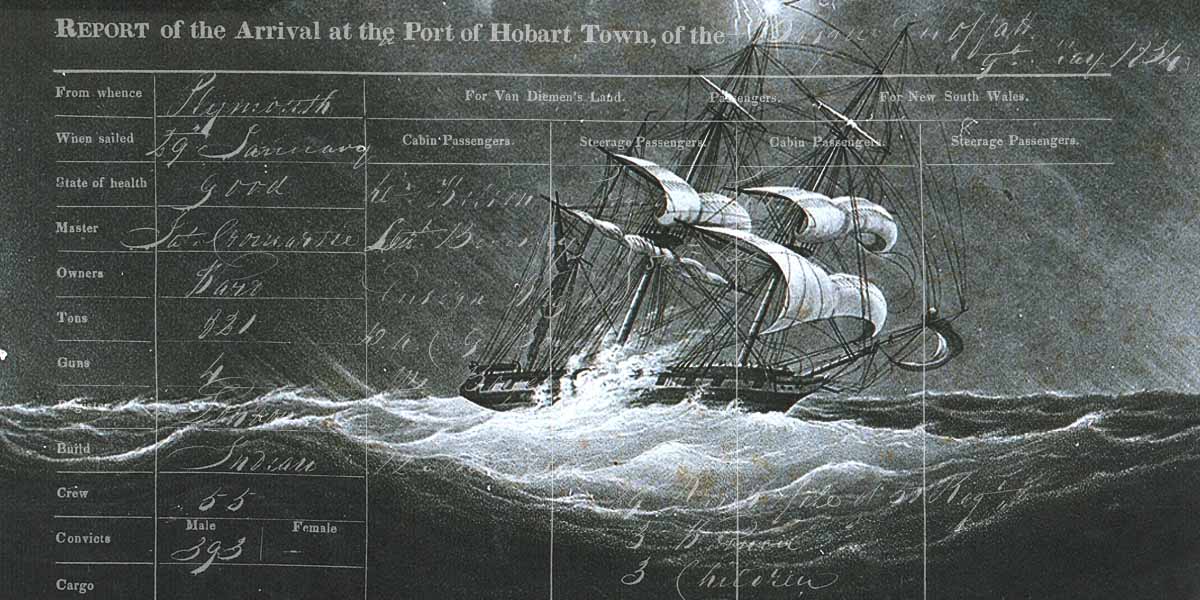
Much as I would dearly love to visit Tasmania again and wallow amongst the microfilm, that’s not going to be possible any time soon. Then, thanks to a lead not affiliated with any of the “official” sources of knowledge, I learnt that a certain religious sect have in their possession the documents I seek
-
Four days with the VDL Establishment
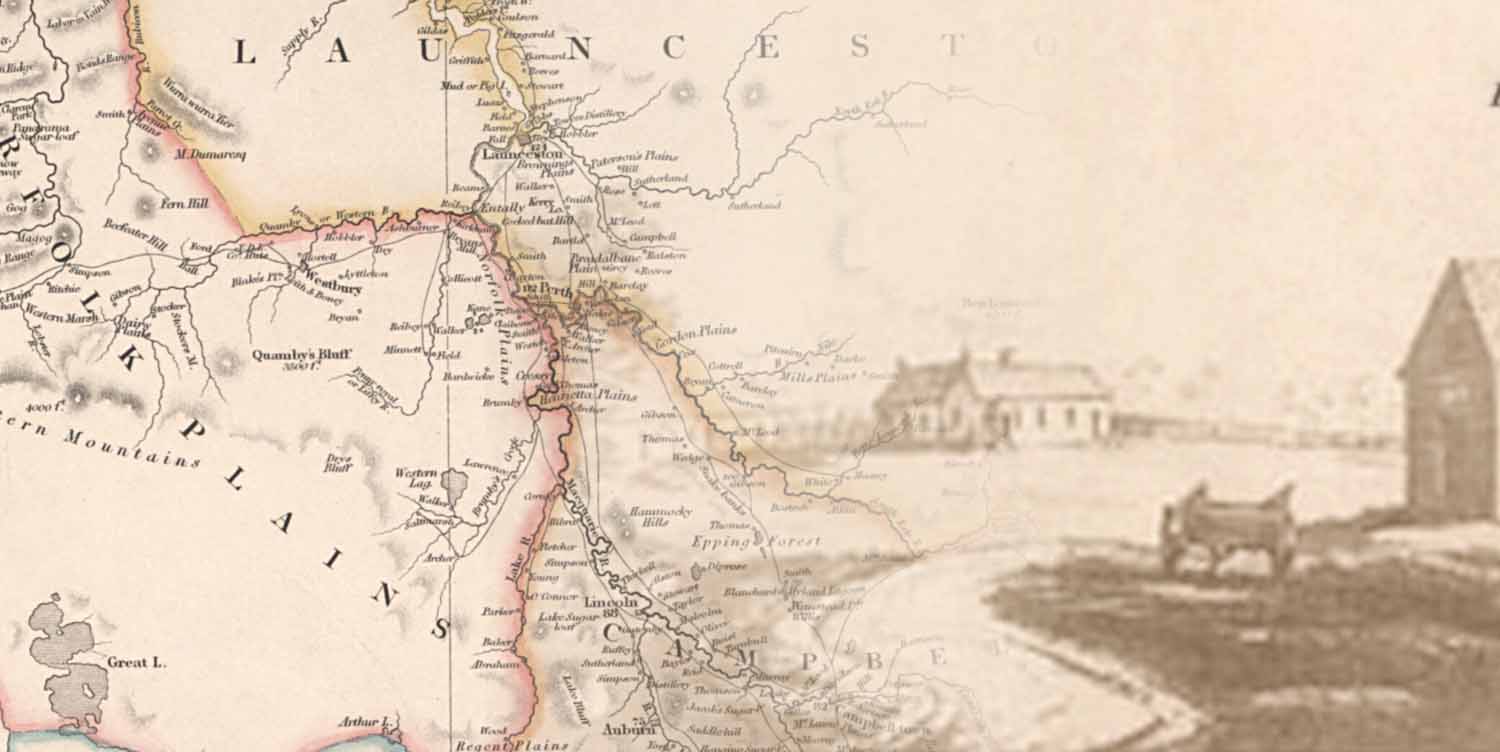
Convict James Dyson was assigned to work for the Van Diemen’s Land Establishment for all of four days between 2 and 5 October 1837. What happened next will not surprise you in the slightest.
-
Bio: Samuel McKee

A Vandemonian Maverick (but weren’t they all?)
-
Bio: Lt Pearson Foote (RN)
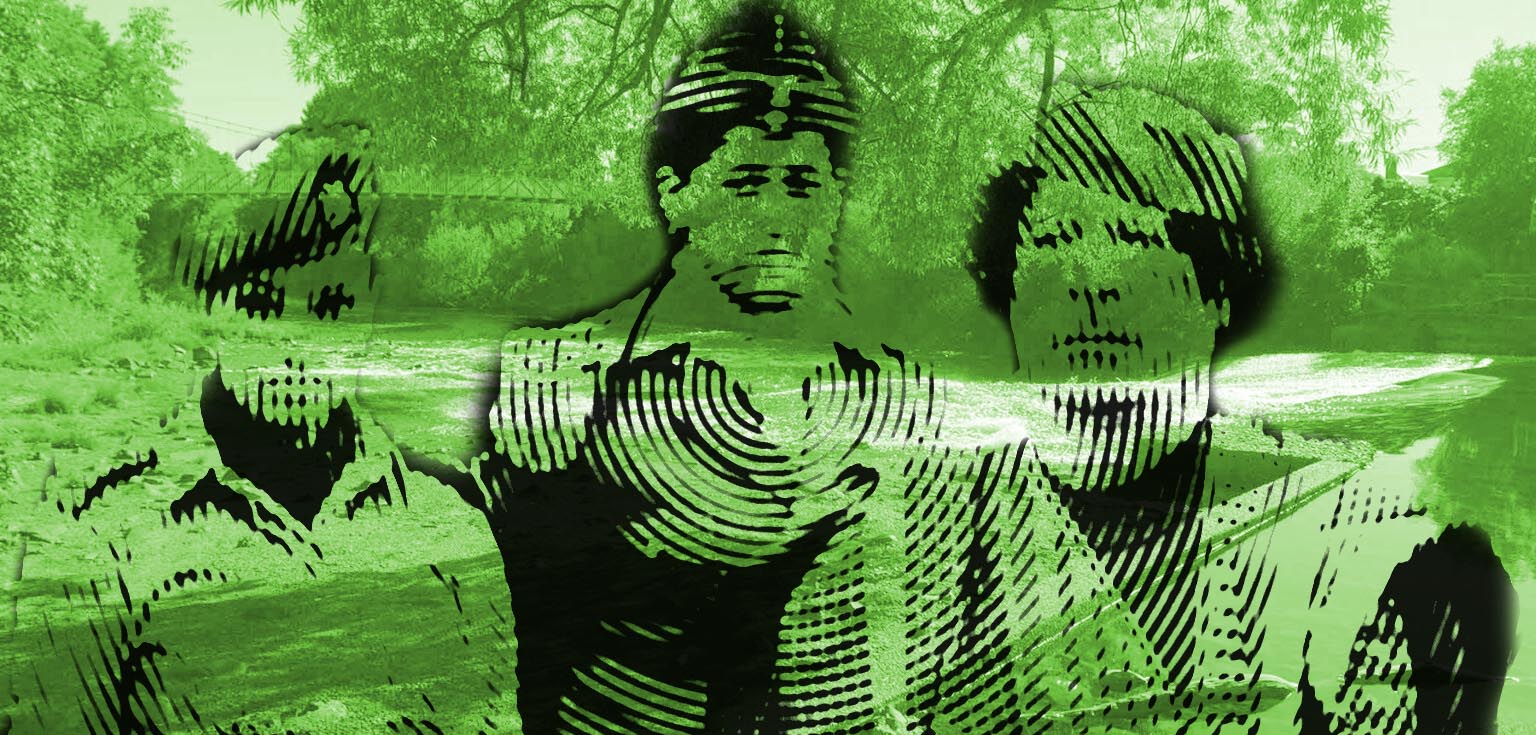
Apart from being an inspiration to future Libyan dictator Colonel Gaddafi, there must be a whole lot more to the man than is currently understood.
-
Bio: David Williams

Van Diemen’s Land settler William Patterson was winding up his affairs in that colony when convict James Dyson was assigned to him about 14 July 1837
-
Bio: Henry Nickolls

The Master of Corra Linn On, or just before 7 December 1837, Henry Nickolls, master of the Corra Linn estate on the Patterson Plains, was punched in the head by a newly-assigned employee and warned by him that “there was more where that came from”. Which is something of an inversion of the typical master…
-
A departure from Van Diemen’s Land
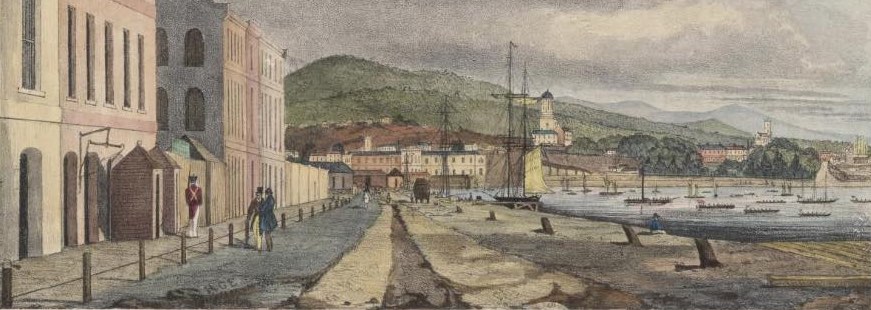
I’m a bit shocked to realise that it’s been six years since that I first posted a transcription of James Dyson’s conduct record as a convict in Van Diemen’s Land. For the past year I’ve been writing up the story of his time on the island. I think I understand now most of what happened…
-
Unreliable Witness
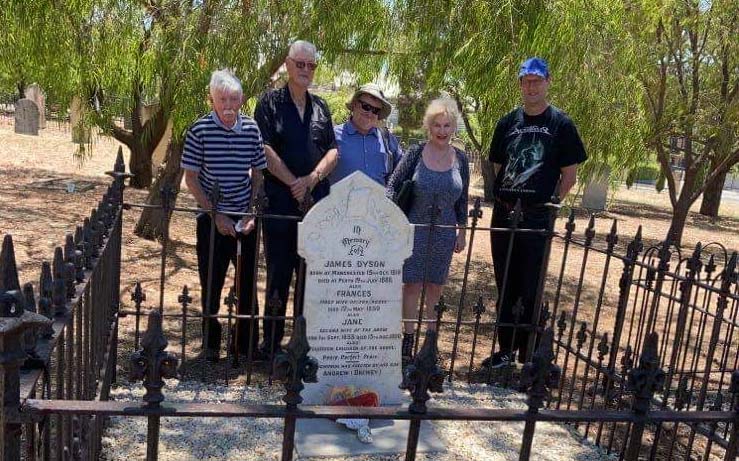
The Dyson family grave site in East Perth Cemetery.
-
Perth City Council Minutes 1858-1875
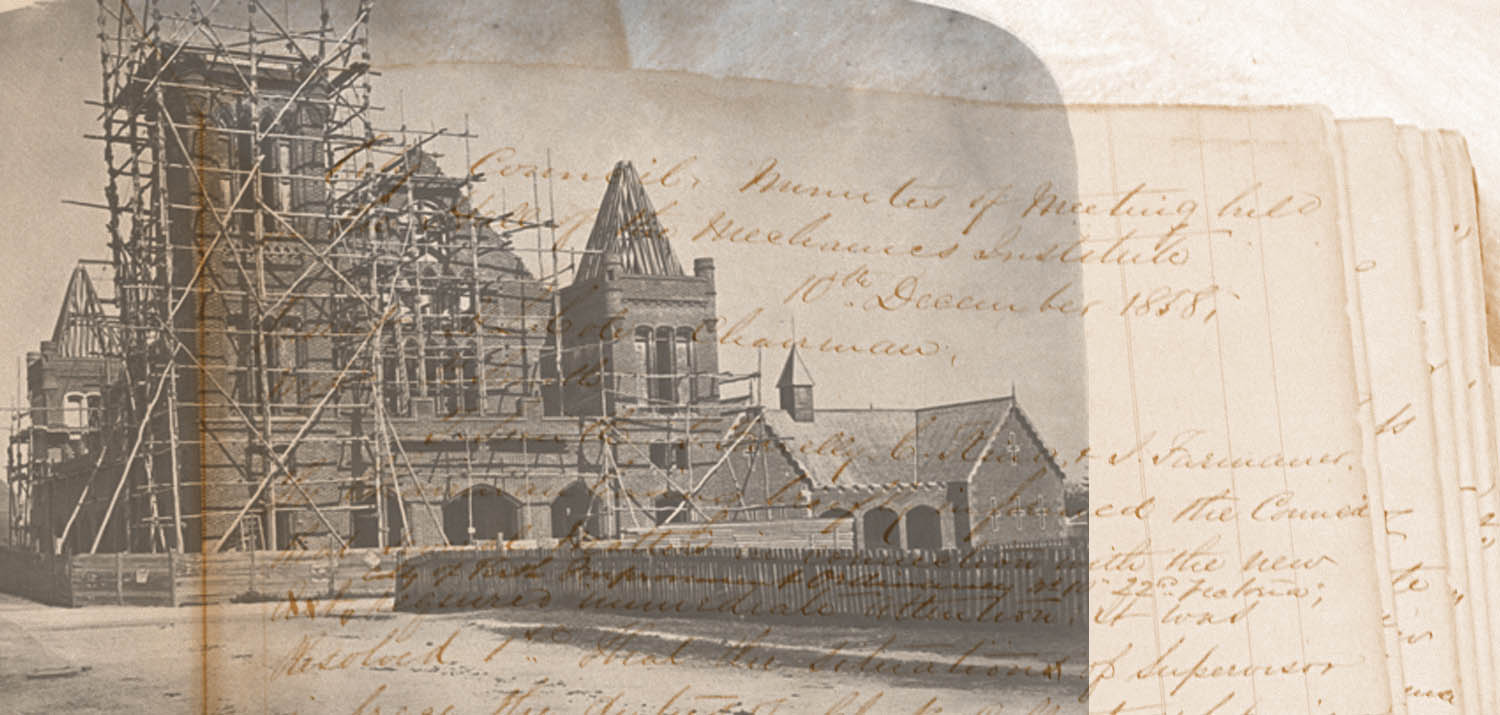
Transcription of the the minute books of the Perth City Council between 1858-1875
-
Tales of the Moffatt
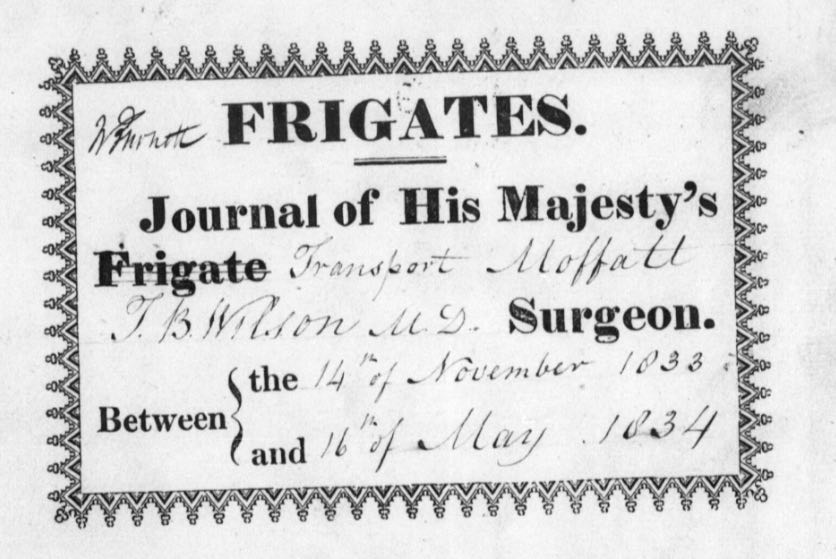
The voyage of the Moffatt, transporting 400 convicts to Van Diemen’s Land in the year 1834, might be unique in that there are no less than two narrative accounts of the same passage, written with considerably more detail than the usual bald official accounts of departure and arrival, and the invariably incomplete manifests of passengers…

